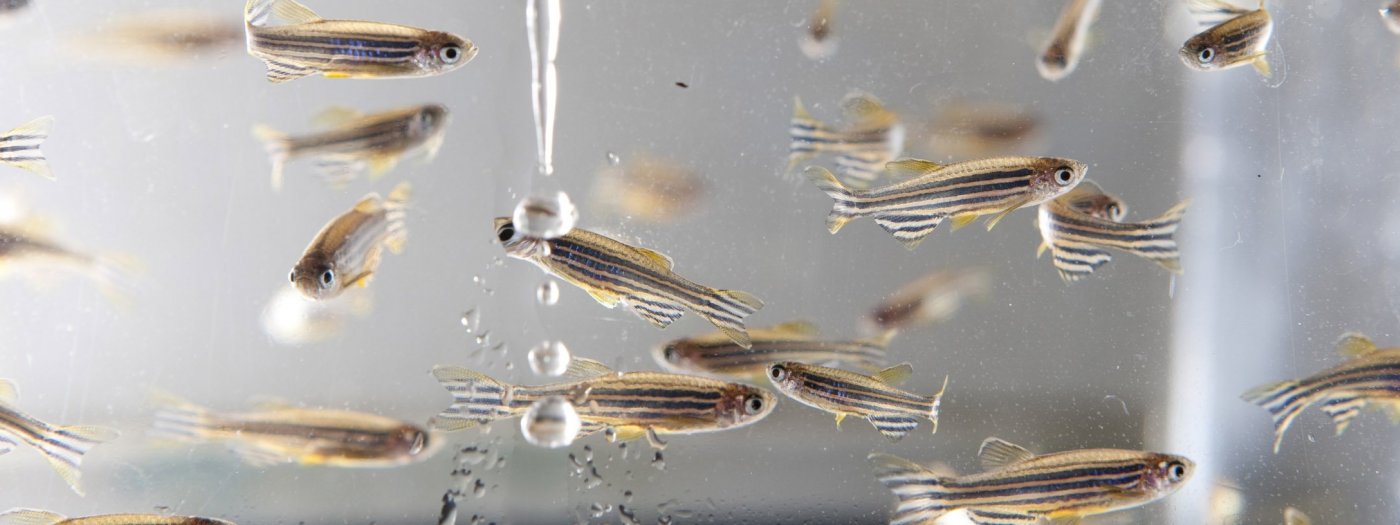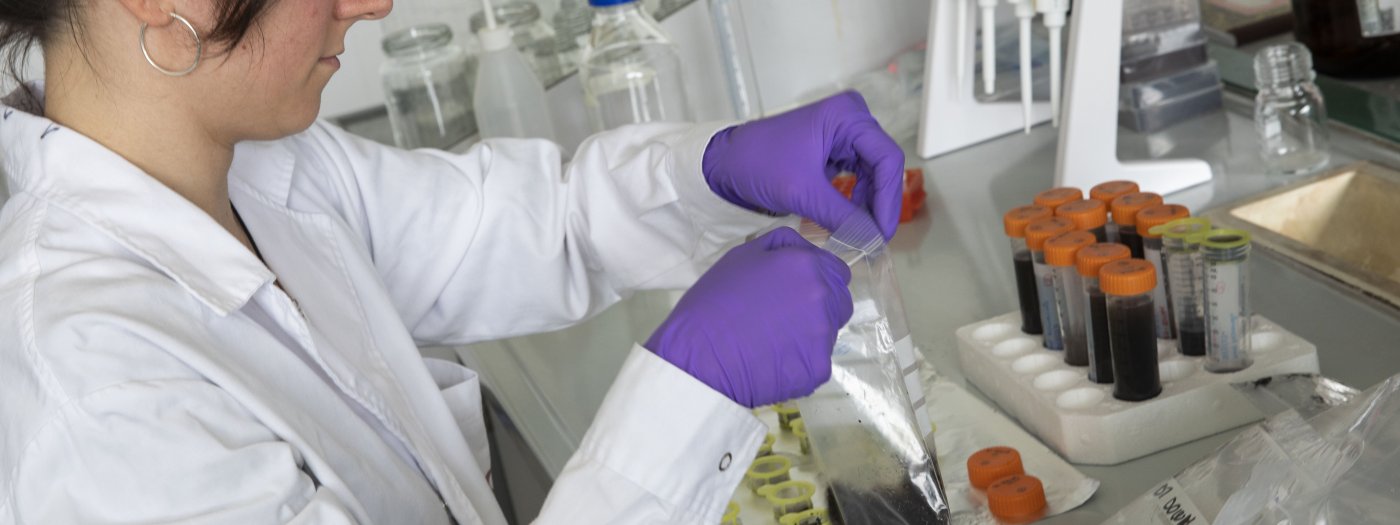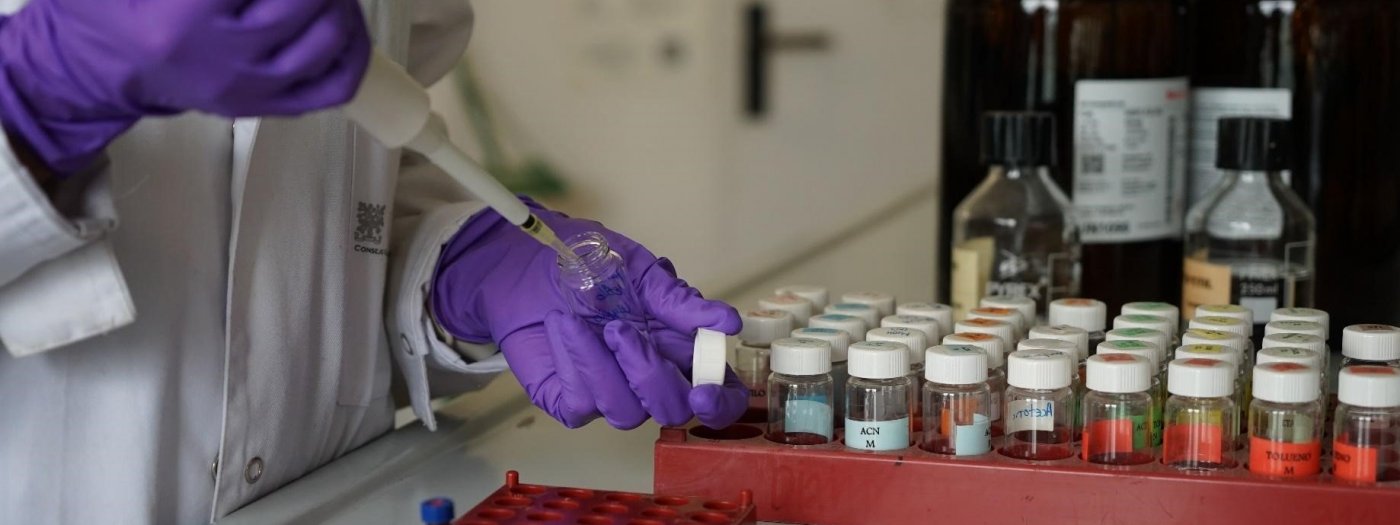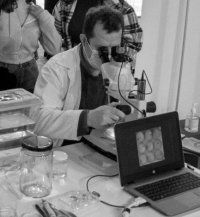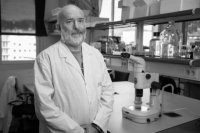Predicting tap water neurotoxicity using laboratory model organisms
We're currently navigating the 'chemosphere', surrounded by an array of chemical compounds that wield significant influence over ecosystems and the diverse populations that inhabit them—plants, animals, and humans alike. This means biological organisms are constantly exposed to low concentrations of neuroactive chemicals, affecting the nervous system. One major avenue of exposure is through drinking water, and numerous studies have linked chemical intoxications to neurological effects in humans.
Our mission? To predict the chronic sublethal neurotoxic effects of these chemicals, safeguarding both human health and the environment. How? By identifying hazardous neuroactive chemicals (pesticides, drugs, industrial products, and more) in real water samples from different neighbourhoods in Barcelona. Using innovative behavioural assays in our lab, we don't only detect these chemicals; we aim to characterize their unique fingerprints.
But that's not all—we're taking it a step further. By combining behavioural responses with metabolomic studies and cutting-edge physico-chemical analyses of organic and inorganic samples, we're delving deep into the intricacies. The results we gather from our multivariate study, featuring model organisms like zebrafish and Daphnia, aren't just informative—they're highly predictive, directly applicable to various living organisms, including humans.
Ready to be part of ground-breaking research? Join us on this journey toward a clearer understanding of the chemicals shaping our world!
- Students interested in biochemistry, biology, biotechnology, chemistry, ecology, ecotoxicology, toxicology, neurosciences, engineering.
- Utilise cutting-edge biological methods: Demonstrate the importance of surveillance studies using state-of-the-art, high-throughput in vivo biological methods, showcasing an understanding of their relevance and application in scientific research.
- Develop problem-solving skills: Formulate effective solutions to a current environmental and health challenge, applying the One Health concept, and critically assess their potential impact.
- Promote environmental awareness:Design and implement strategies to raise awareness within local communities regarding potential risks associated with environmental factors.
- Scientific approach and experimental planification
- Knowledge package about the main model organisms used in toxicology (Danio rerio and Daphnia magna); and the behavioural, biochemical and analytical techniques of study.
- Sampling campaign of Barcelona’s waters
- Physico-chemical characterization of samples
- Preparation of water extracts and exposure solution
- 1st Sublethal Endpoint: Behavioural assays in zebrafish and Daphnia
- 2nd Sublethal Endpoint: Cardiac activity and respirometry assays in aquatic organism.
- 3rd Endpoint: Biological sampling and Biochemical analyses
- Data treatment and results integration
- Publication strategy and redaction
- Project communication and results dissemination
- Laptop and lab coat.

